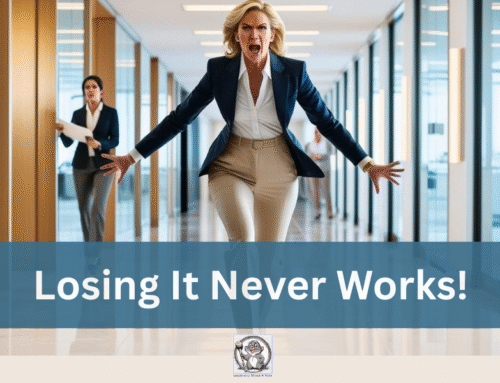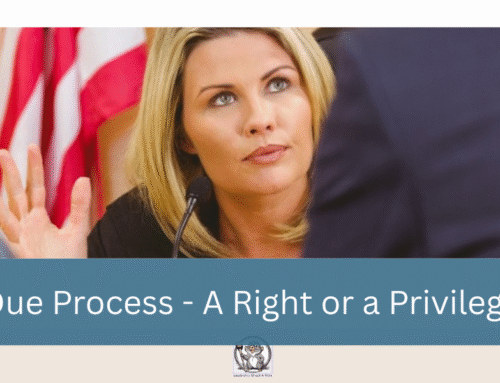
By Jeff Fierstein
Google lists 12,000,000 definitions of strategic planning.
Ask ten people to define strategic planning and you’ll get 11 definitions. Let’s, then, simply describe formal strategic planning as: a planning process by which an organization determines the strategies to achieve a future vision or purpose. The process typically includes balancing the planning on the organization’s vision, mission, and values, as well as an analysis of the environment – it’s opportunities and threats to achieving selected goals, and internal weaknesses and strengths (the SWOT Analysis). Goals are set and strategies are created to achieve them.
In its inception, formal strategic planning, relied on a relatively stable environment, markets, and technology available to most businesses. The post-World War II decades were ones of growth and prosperity. America’s global competition was minimal. Who else made refrigerators? Our innovation dominance allowed us to control the pace of change.
When strategic planning became popular in the 1960s, the business environment was still relatively stable. Organizations could set time horizons at 10+ years for their planning. Review and update of the plans and goals could be performed at an annual timeframe, still leaving opportunity for adapting to changes.
With the advent of the 1970s, 80s and 90s, things changed very quickly. To begin, globalization became a key consideration when setting goals or determining opportunities and threats. Rapidly changing technological advances changed the playing field for business. Competitive positioning was critical to maintain market share or even to survival.
Millennials and Gen-Z cohorts entering the work world often approached business as entrepreneurs, starting businesses that moved too fast for larger or stagnant companies to compete with. It’s the old “turning an aircraft carrier around” – it just takes too much time for businesses relying on formal long-range strategic planning to change.
When COVID-19 hit in 2020, we began to see the devastation it wrecked on American business – both large and small. For most companies, COVID-19 came too fast to “pivot” or adapt. The economic landscape was scorched, and many businesses were scorched along with it.
Larger companies (the aircraft carriers), who more typically rely on formal, long-range strategic planning, were hit hard. They relied on a stifling, rigid strategic planning system that didn’t allow for fast adaptation. So, we see the giants of industry grappling with decreased revenue, bankruptcy, layoffs, and excess inventory because they were too tied to the strategic plan. They just couldn’t pivot fast enough to adapt to the changes that COVID-19 caused.
Formal strategic planning does allow for mechanisms to adapt to changes, but not quickly enough in the case of the coronavirus. Contingency and scenario planning, and consequence analysis are based on more visible or predictable changes (like the economy or government policy) than a pandemic that “came out of left field.” The message here is: traditional formal strategic planning is dead. Of course, there are still components and processes of it that are valuable in all planning methods. The point is, we need a new model for business planning that has:
- Less reliance on static, long-term planning and execution
- More reliance on short-term goals that better manage risk because – unlike long-range goals – they can be quickly replaced
- Stronger practical emphasis on vision, mission, and purpose of the organization
- Faster pivoting and adaptation based on shorter, sequenced, changeable goals
- Greater reliance on internal innovation – in addition to external opportunities – to create and improve products and services
- Constant monitoring and analysis of the environment (economic, technological, social, legislative, etc. events and trends)
- Flexible organizational structure and staffing (multi-skilled or talent development)
- Proactive decision making to “create the future” rather than “predict the future.”
Strategic planning needs to take the speed and analysis of agile planning, and the structure and process of more formal strategic planning to create a future-oriented plan that has the ability to change quickly, as conditions change. Let’s make sure that American business isn’t caught unprepared again for a major environmental change such as COVID-19.
To see more about strategic planning and other leadership practices, click on the banner below to see our latest book – Leadership Whack-A-Mole on Amazon.




